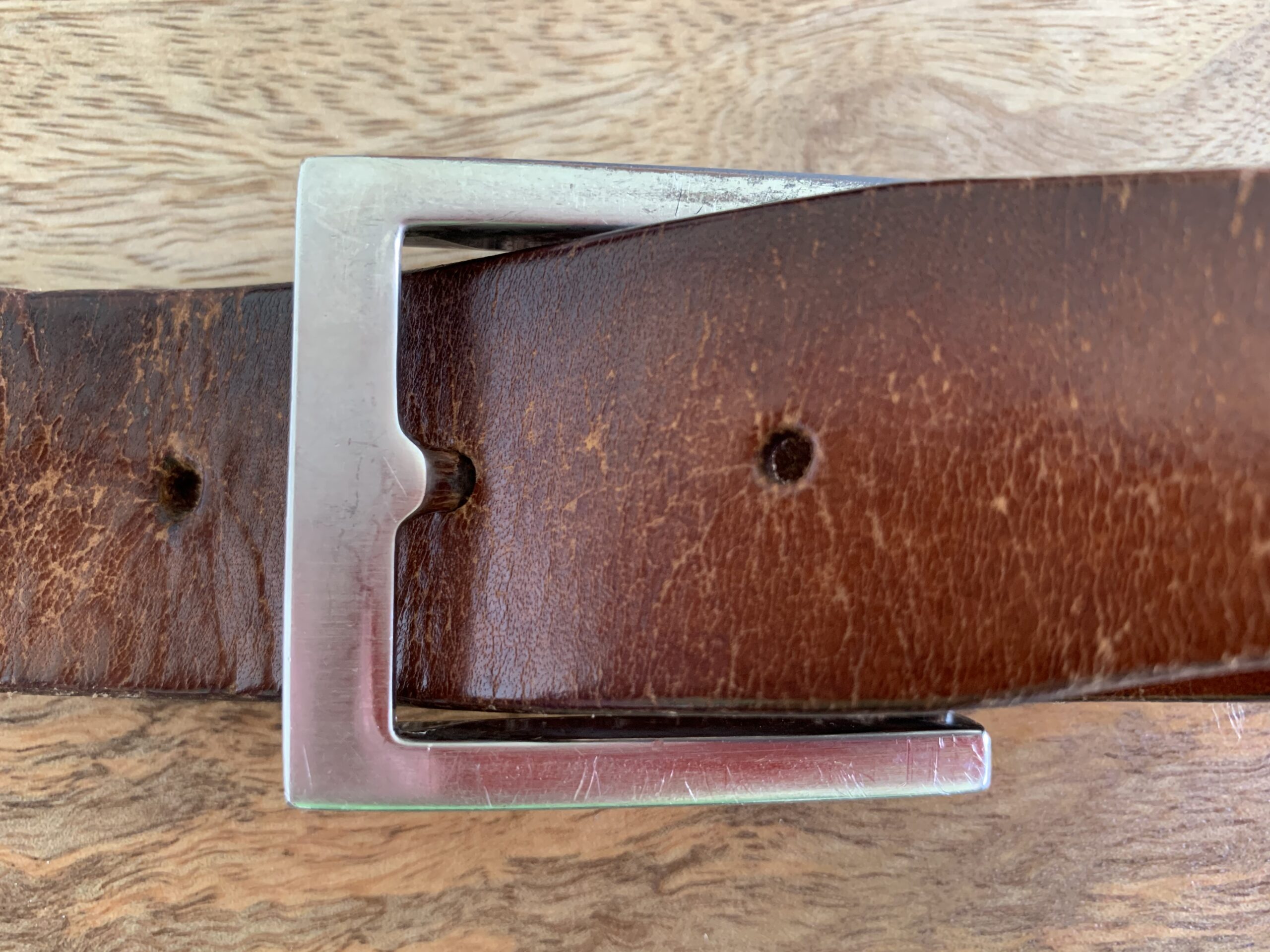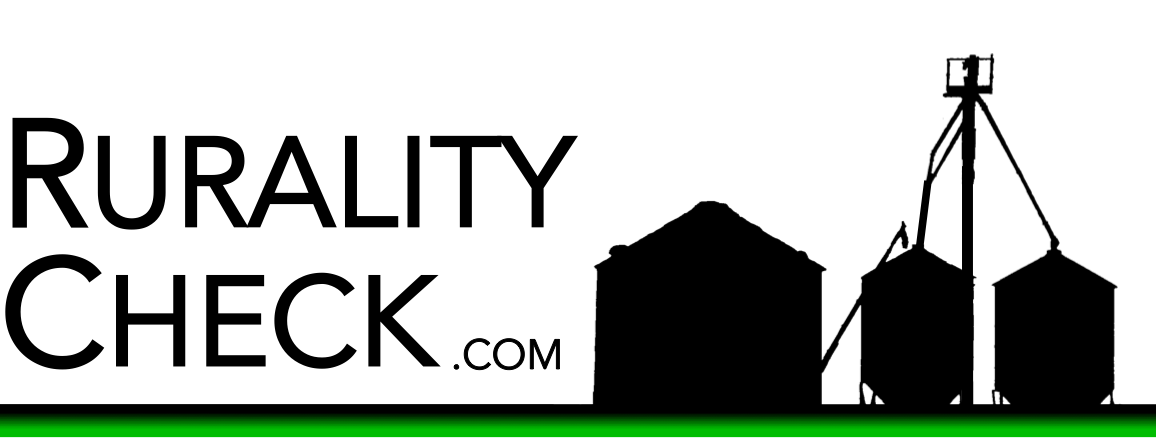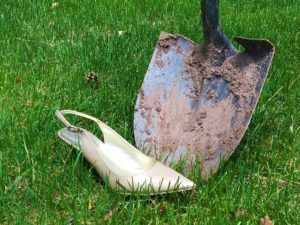
She was squatting and lunging like a powerlifter, heaving, her neck straining, little ligamentendons popping under a blonde ponytail. A nursing-assistant MMA fighter in pink scrubs, locked in a death match with a super-heavyweight. Which was kind of true, except her nemesis was in one of those beeping Rascal scooters with the gray wheels, kitty-wampussedly trying to back off the curb and onto the ramp of whatever awkwardly-parked County MetroTransit service van was outside of her assisted-living facility. I don’t know the details—I was just there to get the Meals on not-so-gray Wheels—but I could see that there was a struggle. The teenage girl-woman was struggling to align the scooter of the not-so-teenage elephant-woman, who was struggling to scoot in reverse, the poor thing. I’m not sure the Rascal shocks were quite up to the challenge, whether from the curb or the freight. Nor was the Rascal motor, actually, and thank God: the captain of that freighter was sure cranking on that little throttle handle, and if she weren’t weighing that baby down to within a volt of its life, she’d start whipping donuts on the sidewalk if she got any traction.
And the donut is all that’s missing, it seems, what with the twenty-ounce bottle of Coke and the bag of Werther’s Original already in that 300-pound woman’s little Rascal basket. I hope she gives her little blonde heroine a butterscotch for her efforts. But that Coke keeps sloshing and fizzing in the clear plastic bottle with the little red cap, pressurized by now to the point of shooting a belated 4th of July Coke-bottle rocket through my windshield.
I’m guessing the Coke and the candy have a deeper role in this story, a story that includes a beyond-morbidly-obese woman in a Rascal scooter. I’m sure it’s a sad story, or a gut-wrenching story. She’s obviously pretty frazzled now—her eyes have gotten pretty big during her little Rascal rodeo, which has been a lot longer than eight seconds—but I don’t think it’s a stretch to say that she’ll quickly reach for her trusty forms of refined sugar to help calm her nerves once she’s plumply in the van with that purple, cotton covid mask snugly under one of her chins.
Also, I don’t think her little rodeo clown, complete with makeup and brightly colored clothes, will ever suffer the same freight—those pink scrubs are probably an XS. Part of that is probably genetic, sure, but part of it has to do with the fact that she looks like she’s wrestled older brothers or something, the way she’s wrangling that scooter with bared teeth. To prove the point, afterwards she’ll probably scurry away in that universal display of unintentional, feminine coordination: face buried in her chin, hands up behind her head, adjusting her ponytail, walking quickly—the stuff of girls’ basketball players in every high school in the country, somehow. She’d probably have her elastic hair-thingy between her teeth, too, if she didn’t also have a mask on.
Sure, she may also have a Coke when she gets back to the nurses’ station, but probably not a whole one. And she’ll probably burn it off, whether via some college-application-building extracurricular activity or just by metabolism, or her next Rascal rodeo. But beyond all that, her little teenage neck—single chin in the front, still-throbbing vertebral discs in the back—is so little in no small part because it has not yet felt the weight of time. In the sense of sagging skin, I suppose, and also metabolic sagging, but also in the sense of the thickening that comes from the routine calorie-intake of most Americans’ adult lives, decades in the making. She, the dear soul, is still an XS in no small part because she has not yet confronted The Million.
The Million is the ghost of American adulthood, the subtle gluttony of accumulated consumption. The Million is everywhere, all around us, like The Force, only it takes no training to master. All you need to do is crack a can—of soda, of beer, whatever—and watch the Million do its dark magic, twelve ounces at a time.
Suppose, typical Americans that we are, that every week we consume a six-pack of our beverage of choice, sugary or alcoholic, or both. That’s about one beverage per day, giving yourself a day off each week in case you choose to observe the sabbath and let your liver and pancreas rest, lest they become holeyer than thou. Regardless, a six-pack of standard cola or mid-range beer is about 150 calories x 6 pancreas-gasms, or totaling 900 calories, each week, every week. But let’s be inclusive of the overachievers—the pint-drinkers and the milk-stoutly, Orange-Crushed crowd—and round up to 1,000. Which is still probably on the conservative side of beef, as for many people a six-pack is just a day at the beach, not a week.
1,000 calories per week is 52,000 calories per year. If the general rule of thumb, hardly super-scientific, is 3,500 calories per extra pound of fat, that’s about fifteen extra pounds per year, or the freshman fifteen every year—because we keep flunking Physiology 101, apparently. And if that not-so-freshman fifteen continues to pile up for a mere two decades—you’re a lifelong learner, of course—even until you’re only, say, thirty-eight years old, then that’s a flat million calories, a number big enough to have its own six-pack of zeros.
And all of those zeros served exactly zero nutritive purpose. The rule of thumb says that a million calories should be, like, 300 extra pounds. Maybe it’s amazing that so many of us are alive at all.
Regardless, that’s The Million. Kinda sneaks up on ya.
And The Million is just the start—they say the first Million is the hardest. They also say that the human body can survive on beer alone, and while many have attempted to prove them right, the experiment is routinely ruined by failure to self-control for myriad food-intake variables, which, while drinking alcohol, anyway, start to fall like Domino’s. Because, let’s face it, not too many people enjoy a 20oz Dr. Pepper slurry or two pints of stout while insisting that you hold the dressing on their salad. Instead, the little limp lettuce that comes on their burger gets tossed aside as if by some half-in-the-bag Romaine-ian Devil—slobbering and cartoon noises and a whirlwind of napkin bits and extra mayo barely optional.
When I worked at the diner, the family ordering another family of Cokes when they sat down served as a not-so-subtle signal to take back those Fresh Salads for Summer menu-inserts, thank you very much. Sometimes, though, the mother ordered Diet Coke, which sings like double-chin music when accompanied by the unsurprising order of onion rings—it’s “for the table,” she says, of course, as she’s already hyper-pumping that poor ketchup bottle with flab-wobbling arms, and some sort of pinkish aardvark tongue is maniacally licking chin numero uno.
The daughter has apparently prepared for the feast by opening a jelly packet already, for some reason, perhaps by habit. Which she finds difficult with her obligatory wrist brace.
Which, it should be said, has a staggeringly high appearance rate among the morbidly obese. I get it—the bigger they are, the harder they fall—but why are these braces always so half-assedly loose? This isn’t Fashion Week, and this sure as hell ain’t Paris, so your attempt at accessorizing is suspect, as is the utility of this half-tied, barely Velcro’d, bright-pink splint that somehow looks like you’ve worn it for a long day behind the manure spreader, or perhaps has been ruggling around with the Cheez-Its on the floor of your rusted-out Chrysler minivan parked outside. Not that your limp-wristed tying job is your first failure at self-care, apparently—I imagine it’d be hard to tie those laces tight with those greasy-sausage fingers. (Are the fingers greasy with sausage grease, or are they greasy and shaped like sausages? Ambiguity intended.)
The wrist brace, worthless if used improperly, harkens back to the covid mask under the chin of our Coked-out lady in the Rascal. In that case, the mask is worthless unless it’s maxed out over her jowls like a swimsuit model’s mini-thong over the nose of a pit bull. That poor cotton square and not-so-elastic bands probably contributed to her bulging eyes as her back end was front-end-loaded up into her tax-funded disabilities chariot: I couldn’t tell whether her eyes were the size of peppermint patties because she was scared of falling, or because she was asphyxiating herself, seconds away from shrink-wrapping that Mickey Mouse-patterned cotton to her uvula. Jesus, Lady, lose the mask. The situation is already devolving into the precarity of a life-sized version of mechano-flab-Jenga, but if you pass out, there will be a lot of paperwork for somebody, and I don’t want to pop a hemorrhoid Eagle-Scouting you from the sidewalk. Seriously, the mask isn’t helping: if you had the virus already, you’d know it.
Also, that sidewalk is going to hurt: your wrist brace isn’t even tied right.
Maybe all of this is a dramatic, cynical instance of half-fictitious extremes. Maybe. But our country’s actual mask debate is less fictitious, even if it is just as dramatic. Worse, all that drama overshadows the otherwise neon-glowing irony, or hypocrisy, or futility: we’re probably the unhealthiest country in the history of countries, yet only now—in a debate involving two layers of cotton sewn together by the old ladies at church—are we getting riled up about health. Never mind that we already hang ourselves with onion rings and drown ourselves in beer and soda, or that we have drunk and eaten ourselves through the lockdowns that were supposed to protect… our health. No, when other people might get us sick—the nerve!—we instantly become advocates for public health, writ extra-large.
Now, I’m not opposed to a lot of public-health arguments, I guess, especially regarding infectious disease, but in this case the prevailing logic seems inverted. Specifically, the anti-mask crowd has taken its usual Live Free and Die Coughing approach, its rhetoric mucus-slimed with repeated hacking of Freedom, and Liberty, and the like. I’m not opposed to this, either, but it seems that the mask-wearing crowd should be shouting the same thing: the mask argument seems like a public-health parallel of the age-old libertarian maxim of not caring if you swing your fist, as long as it doesn’t hit me in the chins. In the case of coronavirus, spread through the air, mask-wearing serves as an almost textbook example of the positive/negative-freedom debate, where someone else’s failure to wear the mask impinges on your freedom to Live Free and Not Die. Stated simply, Don’t Spread on Me.
Unfortunately, the pro-mask-wearing crowd appears to have fallen into its usual “for the herd” mentality and accompanying rhetoric, as if wearing a mask is a duty one has to the flag, or something—an odd turn of dubious patriotism. They’d be better off fighting fire with freedom fire instead of following the same old “we’re all in this together” trope, which might indeed be the last bastion of rhetorical hope for why a small minority should pay for the fat majority’s health care, for example, but isn’t necessary when arguing about why the fat majority shouldn’t have the expectation of a virus-free experience in line at Dairy Queen. You know, to pick another non-random example.
Non-random, indeed: have you been to a Dairy Queen lately? The only non-obese people in line at a DQ are either kids themselves (i.e. haven’t yet hit their first Million) or have kids with them (e.g. are too busy managing Little Susie’s dripping Dilly Bar to enjoy the latest installment of The Million’s payment plan). The Rascal Scooter company should serve as remora to this whale shark and set up shop next to every DQ in the country, and hit their target market in the red-spoon bullseye. One-stop shop.
Sure, all of this is a little more complicated than a little essay can hope to unravel, but this pandemic irony persists without stating the obvious: we’re apparently fine when we kill ourselves, but not fine when other people might kill us. Fair enough, actually. Unfortunately, though, to have a serious conversation that arrives at this seemingly unavoidable conclusion would require a level of honesty that’s out-of-bounds in today’s PC culture. I’d be quicker to respect the mask-wearing crowd if they were blunt about the realities of their argument: that sure, many of the co-morbidities synergizing with covid-19 infection are self-inflicted wounds, or the result of metaphorically shooting ourselves in the foot, or dropping the two-liter soda on our foot. But that bluntness is nowhere to be found, probably because to admit that reality as obvious, even during this time of genuine medical crisis or pandemic, would also lay bare a deep flaw in the rest of the “all in this together” progressive wish list for the past few decades. Namely, that if so much of our health hazards are self-inflicted in this country, and if such self-inflicted wounds are an issue of freedom of choice, we should probably reconsider whether it makes a lot of sense to socialize our healthcare system. After all, if Not-So-Little Susie has a choice to sleep next to the grocery box, and minivan around in a drive-thru wonderland, then it seems odd to follow that language of freedom with a coercive demand that someone else pay for the buffet of her health problems that follow.
One immediately sees the problem. We’re told that some people are just “curvy,” or it’s genetic, or it’s a chemical imbalance—as if blamelessly, as if without question—and that those same people are therefore also just as inevitably prone to its smorgasbord of health problems. To be glib, this is downright impressive from a scientific standpoint. Neuropsychologically speaking, that we can apparently link genetics to the impulse to order a twenty-ounce frappuccino pancreas punisher, with sprinkles, every morning, instead of plain old coffee, or, you know, herbal tea, strikes me as an undersold miracle of #science. Ditto with what must be an equally genetic and biologically determined aversion to rigorous exercise. I didn’t think that we had advanced that far—I’m impressed.
Or—or—we’re unable or unwilling to talk seriously about healthcare in the time of a pandemic because we’re also unable or unwilling to talk seriously about health at all. We have chosen to pretend that the unhealthy choices that Millions of Americans make haven’t already overstretched the waistband of our healthcare system. For all the people pointing the fingers at our politicians (left and right), or the Chinese, or people unwilling to strap a little cotton to their faces, how many people are pointing fingers in the mirror? How many people, rather than talking about “unforced errors” in terms of emergency response, are talking about the greatest unforced error of all, that we’re a country slack-jawedly lounging around with a staggering number of co-morbidities that are making coronavirus a bigger deal than it should be?
Instead, as usual, it’s gotta be—gotta be—someone else’s fault. A lot of us are screaming, some of us through masks, about failures of public-health policy, but our principal failures have been our not-so-public choices, and our unwillingness to talk about them plainly. Our failure has been our repeated, fierce denials that obesity and high blood pressure and Type II diabetes are largely preventable problems—denials made in the name of privacy, or politeness, or political expediency. Rather than confront the obvious, we’ve chosen to pretend that all of us should be responsible for each person’s choices, and for the abuse of their own bodies—passing the Millions of bucks yet again. And now, we’re all really in this pandemic together, like it or not, and to a degree that we probably needn’t be.
But try telling all of this politically-correct hoo-ha to our little blonde Sisyphus over there. She’s definitely paying for someone else’s choices: she’s sweating through her pink scrubs trying to move an equally sweaty boulder up a concrete-and-steel mountain. And thanks to her mandated mask, she’s practically in a self-induced hypoxia like she’s training for the SCUBA Olympics. Poor thing.
Actually, we’re all poor things—literally. One way or another, we’re all paying for it.
By The Million.

P. A. Jensen (@RuralityChecker) lives in Minnesota with his wife and son.



